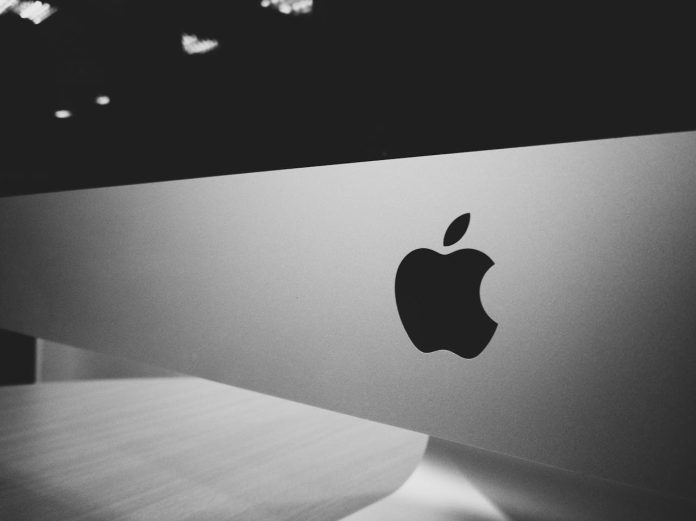In a groundbreaking collaboration, Apple has announced a partnership with Nvidia to enhance the performance speed of its artificial intelligence (AI) models. This unexpected alliance between two tech giants underscores the increasing importance of AI in shaping the future of consumer technology and enterprise solutions. By leveraging Nvidia’s cutting-edge hardware and Apple’s ecosystem of devices, the partnership aims to deliver faster, more efficient AI capabilities to users worldwide.
The Driving Force Behind the Collaboration
Artificial intelligence has become a cornerstone of modern technology, powering features such as voice assistants, image recognition, and predictive analytics. However, as AI models grow in complexity, they demand greater computational power to function effectively. Apple, known for its proprietary hardware and software, has traditionally relied on its own resources to advance AI. But with increasing competition and the need for high-performance AI solutions, the company is now turning to Nvidia’s expertise in GPU technology.
“This partnership marks a new chapter in our commitment to delivering unparalleled AI experiences,” said an Apple spokesperson. “By working with Nvidia, we’re ensuring that our AI models achieve unprecedented levels of speed and efficiency.”
Nvidia’s Role in AI Acceleration
Nvidia has long been a leader in developing GPUs optimized for AI workloads. Its hardware is widely recognized for its ability to process massive amounts of data at lightning speed, making it a preferred choice for training and deploying AI models. Nvidia’s GPUs, including the latest H100 Tensor Core, are designed to handle complex neural networks with ease, enabling faster model training and real-time inferencing.
Through this partnership, Apple plans to integrate Nvidia’s hardware capabilities with its own AI frameworks, such as Core ML and the A-series and M-series chips. The goal is to enhance the performance of AI-driven applications across Apple’s ecosystem, including iPhones, iPads, Macs, and wearables.
Benefits for End Users
The collaboration is expected to bring tangible benefits to Apple users. Faster AI processing will enable smoother and more responsive experiences in apps that rely on machine learning. For instance, Siri could become more conversational, on-device image and video editing could be accelerated, and augmented reality (AR) applications could offer more seamless interactions.
Moreover, the improved performance could pave the way for new AI-powered features that were previously infeasible due to computational limitations. From advanced health monitoring on the Apple Watch to enhanced gaming experiences on the Mac, the possibilities are vast.
Implications for Developers
Apple’s partnership with Nvidia also holds significant implications for developers. By providing access to more powerful AI tools, the collaboration will enable developers to build more sophisticated and resource-intensive applications. The integration of Nvidia’s GPU technology into Apple’s development platforms could also streamline workflows, reducing the time and cost associated with AI model training.
“This partnership is a game-changer for developers working within the Apple ecosystem,” said an industry analyst. “It lowers barriers to entry for creating high-performance AI applications, fostering innovation across industries.”
Addressing Challenges
While the partnership is promising, it also presents challenges. Nvidia’s hardware is known for its power consumption, which could be a concern for Apple’s battery-powered devices. Both companies will need to collaborate closely to optimize the integration of Nvidia’s GPUs with Apple’s energy-efficient architecture.
Additionally, the partnership raises questions about Apple’s long-term strategy. The company has heavily invested in its own AI hardware, such as the Neural Engine. Relying on Nvidia’s technology could signal a shift in strategy, balancing in-house innovation with external collaboration.
Competitive Landscape
This partnership positions Apple and Nvidia to compete more effectively against rivals such as Google, Amazon, and Microsoft, all of which have made significant advancements in AI. By combining their strengths, Apple and Nvidia aim to set a new benchmark for AI performance and user experience.
The collaboration also highlights a growing trend in the tech industry: partnerships that leverage complementary strengths to tackle complex challenges. As AI continues to evolve, such alliances will likely play a crucial role in shaping the future of technology.
Looking Ahead
Apple and Nvidia’s partnership represents a bold step toward advancing AI capabilities. By integrating Nvidia’s GPU technology into Apple’s ecosystem, the companies are poised to deliver faster, more efficient AI solutions that benefit both consumers and developers. As the collaboration unfolds, it will be exciting to see how this alliance transforms the landscape of AI and sets the stage for future innovations.
With the combined expertise of two industry leaders, the future of AI looks brighter than ever.


